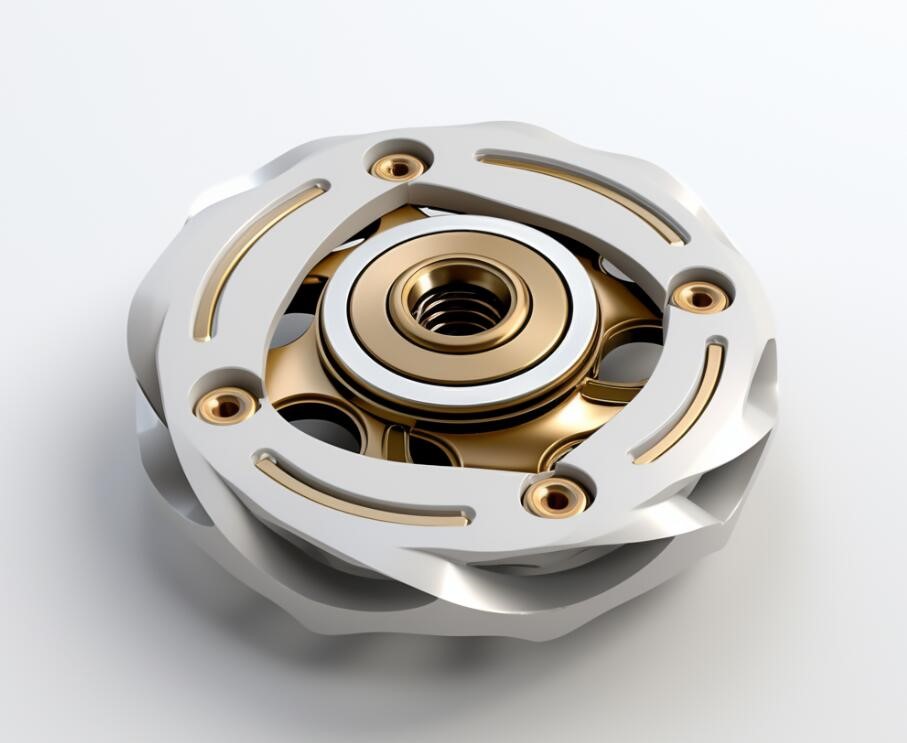The Stress-Reducing Power of Fidget Toys for Young People

In today’s fast-paced world, stress has become an inevitable part of life, even for the young. Between school pressures, social dynamics, family issues, and world events, youth today face immense stressors from all directions. While some degree of stress is normal, chronic stress experienced early in life can have detrimental effects on mental and physical health. That’s why finding healthy coping strategies is critical for young people. One creative approach that has recently surged in popularity is fidget toys.
Fidget toys are small, discreet objects designed to be manipulated in the hands as an outlet for restless energy and anxiety. There is a vast array of fidget toys on the market, including fidget spinners, tangle toys, flippy chain fidgets, squeeze balls, and many more. The defining feature of these toys is that they have components that can be squeezed, pulled, spun, clicked, or otherwise “fidgeted” with. The toys occupy the hands, giving restless fingers something to do while the mind focuses elsewhere.
Experts believe fidget toys can be powerful stress relievers for several reasons. For one, the tactile stimulation provides a positive sensory input that can be calming. According to occupational therapist Catherine Verrier, sensory inputs “can have a neutralizing or calming effect” on the nervous system. Fidgeting with a toy creates minor physical distraction that can divert the mind from stressful thoughts. Additionally, the fidgeting motion helps expend nervous energy, allowing the body to settle into a calmer state.
Studies on fidget toys have focused largely on benefits for children with attention deficits, autism, or anxiety issues. However, their stress-reducing potential applies to the general youth population as well. In a 2015 study published in the Journal of Abnormal Child Psychology, researchers tested a common fidget toy (a Curly Bot) on a group of adolescents. They found the toy decreased restlessness and anxiety while helping students maintain focus, effects that lasted up to 30 minutes after fidgeting.
Anecdotal evidence also supports the anti-stress benefits of these toys. All over social media, young people report feeling more centered and relaxed after fidgeting with a toy for just a few minutes. The portability of small fidget toys allows for stress relief anywhere – in class, at home while studying, or even before a sports competition. Those with anxiety or neurological differences like ADHD and autism may experience even greater calming effects from having an outlet for excess energy.
Of course, the benefits of fidget toys must be weighed against potential classroom disruptions. Teachers sometimes view fidgeting as distracting and ban such toys from school. However, used judiciously, these tools can improve focus rather than hinder it. The key is providing students with discreet, quiet fidget toys that don’t distract peers when used appropriately. Young people should also be taught when it is and isn’t appropriate to fidget, rather than keeping the toys out of sight completely.
With toxic stress reaching alarming levels among youth, fidget toys provide one more tool for developing healthy coping. While not a cure-all, the little gadgets deliver sensory stimulation that can calm the nervous system and provide momentary respite from anxiety. Fidget toys also offer an alternative to smartphone use for idle hands. For parents, teachers, psychologists, and occupational therapists seeking methods to empower youth to self-regulate stress, these inexpensive gadgets are worth exploring further. Finding appropriate stress relief strategies at a young age can prevent future mental and physical health problems, equipping the next generation with skills and tools to thrive.
